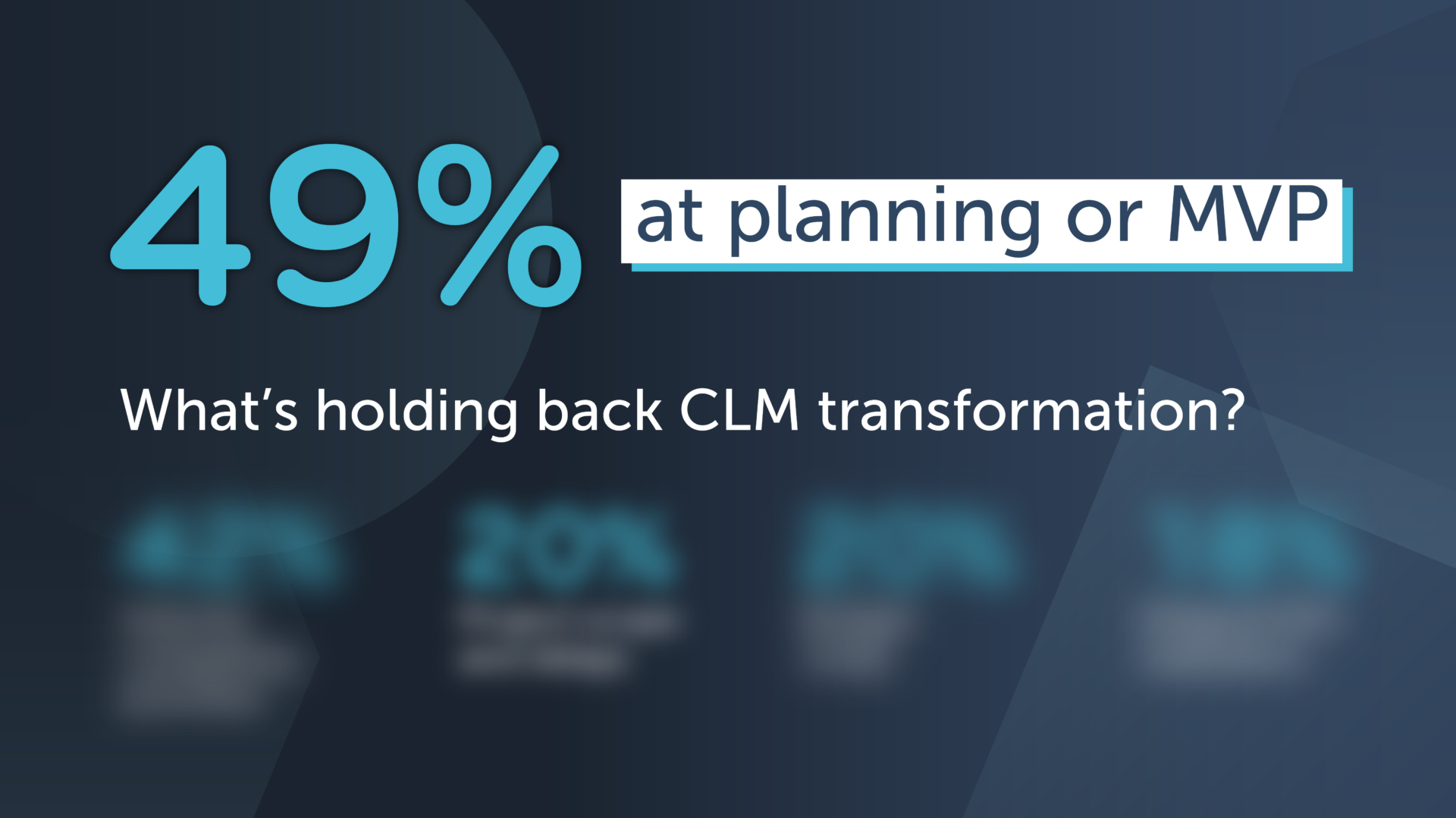Webinar highlights: Transforming CLM with CDI and automation

Industry experts Richard Beattie and Lee Forsyth (Encompass) were joined by Supriyo Guha (Capgemini) to explore how Corporate Digital Identity (CDI) is transforming Client Lifecycle Management (CLM) solutions.
The ongoing CLM challenge: Inefficiencies, compliance and friction
Banks continue to face significant roadblocks in CLM transformation, from onboarding inefficiencies to regulatory backlogs and remediation efforts. Additionally, the results of a poll question showed an even split between project scope, delays, budget creep and delayed ROI realization as further challenges. With internal competing priorities being the most challenging aspect at 42%.
Panelists explored how CDI can be a game-changer. Consolidating verified public and private information from multiple sources into a single view, CDI provides a dynamic digital profile of a corporate entity.
Key levers for CLM transformation
The discussion emphasized the focus areas for CLM were expediting new client onboarding, improving efficiencies in KYC refresh, and enhancing customer service. Interestingly, none of the participants cited regulatory compliance as a primary driver.
As banks advance in their transformation journeys, the adoption of automation varies. Participants shared that 66% were either at the stage of defining a Minimum Viable Product (MVP) or actively deploying CLM solutions. Regardless of their starting point, CDI integration and modular automation were highlighted as essential.
The shift to a modular CLM approach
Traditionally, banks have relied on monolithic, all-in-one CLM solutions. The discussion led to how banks can transition to a modular model to enhance flexibility and performance, highlighting three key areas:
- Data collection and automation to improve accuracy and reduce manual effort.
- KYC rules engine to enable dynamic risk assessment and compliance adaptability.
- Core workflow management to enhance internal efficiency and decision-making.
Automate, simplify, and reduce risk
At the heart of successful CLM transformation is high-quality, authoritative data. The discussion highlighted how:
- Using APIs to source data from trusted providers reduces operational risk and manual processing.
- Providing enriched data to relationship managers at the start of onboarding accelerates the process.
- Standardizing and automating KYC tasks minimizes errors and improves overall data integrity.
Minimizing client outreach, maximizing efficiency
The discussion led to how AI-driven automation and data harmonization can pre-fill up to 80% of required data from public sources, reducing outreach and improving client experience with CDI playing a critical role in:
- Resolving data conflicts and consolidating sources.
- Creating a single, dynamic client profile.
- Accelerating onboarding and reducing analyst workload.
- Reducing operational risk.
From periodic KYC to Perpetual KYC (pKYC)
The discussion highlighted the shift to pKYC, emphasizing automation to reduce manual effort. To support this, banks must assess their CLM maturity. A dynamic CDI profile provides a strong foundation for real-time risk-based decision-making, while harmonized data models enable differentiation between material and non-material changes.
The future: transforming CLM
To drive efficiency of the CLM, the earlier CDI is bought into the process the better. The path forward is clear: Automate, simplify, and integrate CDI into CLM for maximum efficiency and regulatory adherence.
Discover corporate digital identity from Encompass
